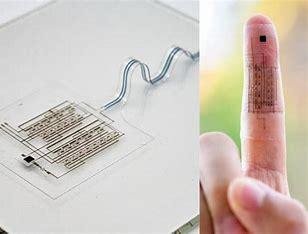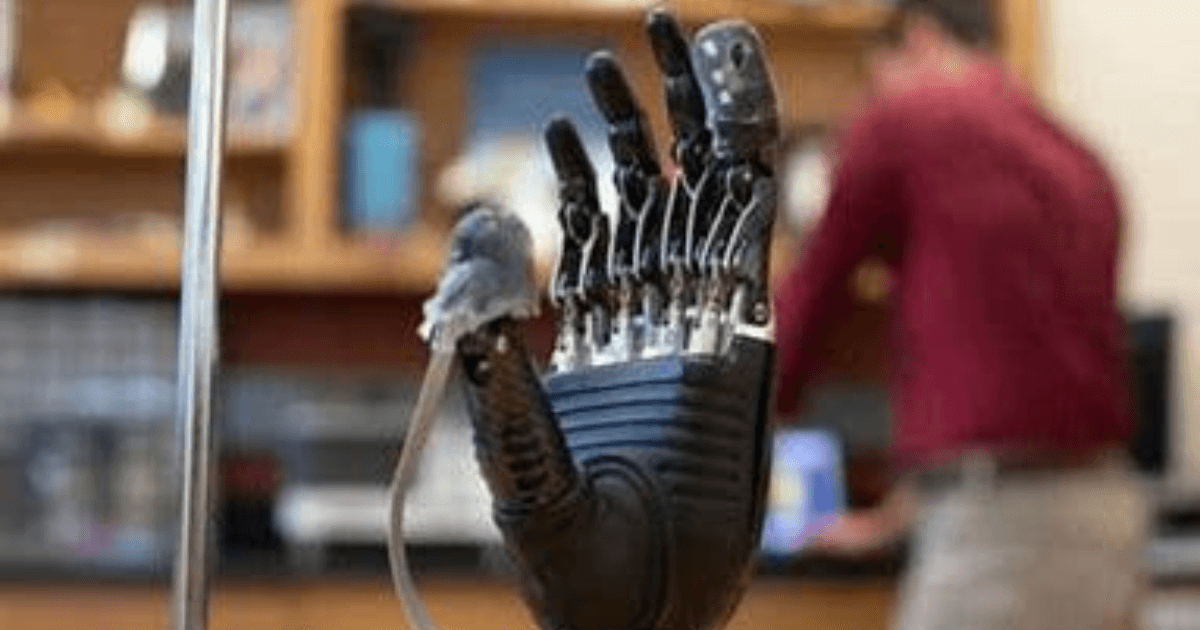
Researchers at Johns Hopkins University, USA has recently developed an electronic skin which is made of fabric and rubber laced with sensors to mimic nerve endings and it recreates a sense of touch and pain by sensing stimuli and relaying the impulses back to the peripheral nerves. This e-dermis can be integrated into robotics and be used to create prosthetic limbs allowing amputees to regain sensation.
The inspiration for making such a product comes from what is happening in human biology, with receptors for both touch and pain. The newly made sensor goes over the fingertips of a prosthetic hand and acts like one’s own skin would. Prosthetic hand which is already available in the market can be fitted with an e-dermis which then can tell the wearer whether he or she is picking up something that is either round in shape or has sharp edges. The e-dermis also enables its user to sense a continuous spectrum of tactile perceptions ranging from light touch to painful stimulus.
The ’neuromorphic model’ prepared by the researchers mimics the pain and touch receptors of the human nervous system, enabling the e-skin to electronically encode sensations just as the receptors in the skin would. The team determined that the test subject was able to perceive these sensations in his phantom hand by tracking his brain activity via electroencephalography. The e-dermis output was then connected to the volunteer by using a non-invasive method known as trans-cutaneous electrical nerve stimulation (TENS). It was also determined that the user and the prosthesis were able to experience a natural and reflexive reaction to both pain while touching a pointed object and non-pain when he touched a round object.
The USP of this e-skin is that it not only aids its user to sense touch but also pain and it can be used with an already existing prostheses available in the market currently. The design team kept it in mind that protective sense of touch is lacking in the prostheses which are currently available to the amputees. The ability to detect pain could be useful not only in prosthetic hands but also lower limb prostheses, alerting the user of potential damage to the device. The e-dermis literally brings the phantom limb come to life by stimulating the peripheral nerves in the arm in a non-invasive way, through the skin.
The testing also reveals that e-dermis is not sensitive to temperature. The team thinks that this e-dermis technology could be used to make robotic systems more human which could also be extended to space suits and astronaut gloves.
Source: indian express

